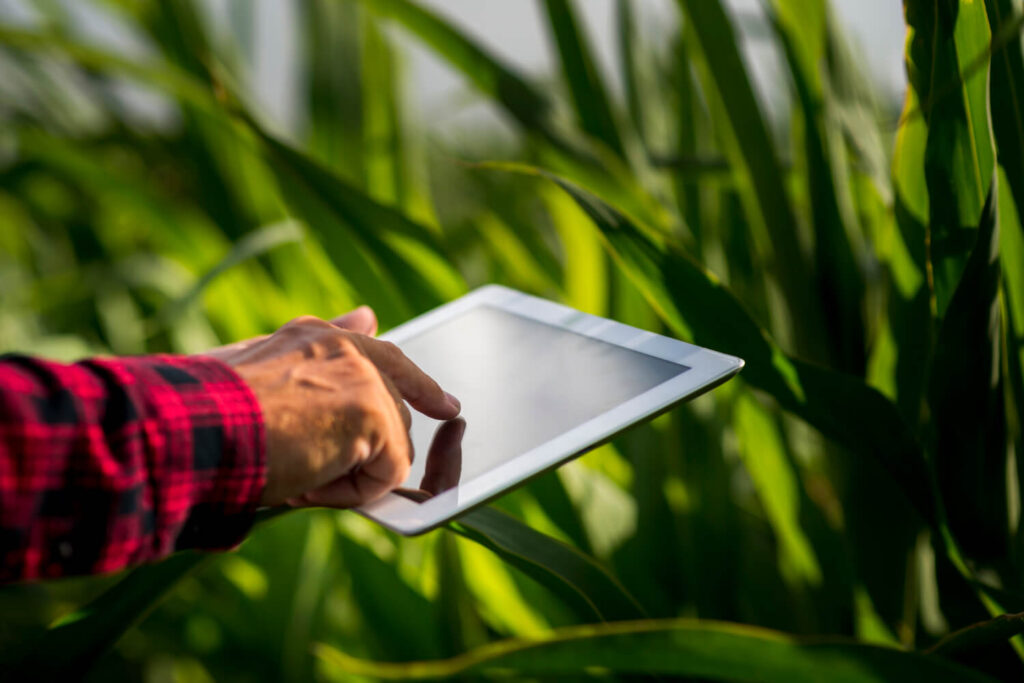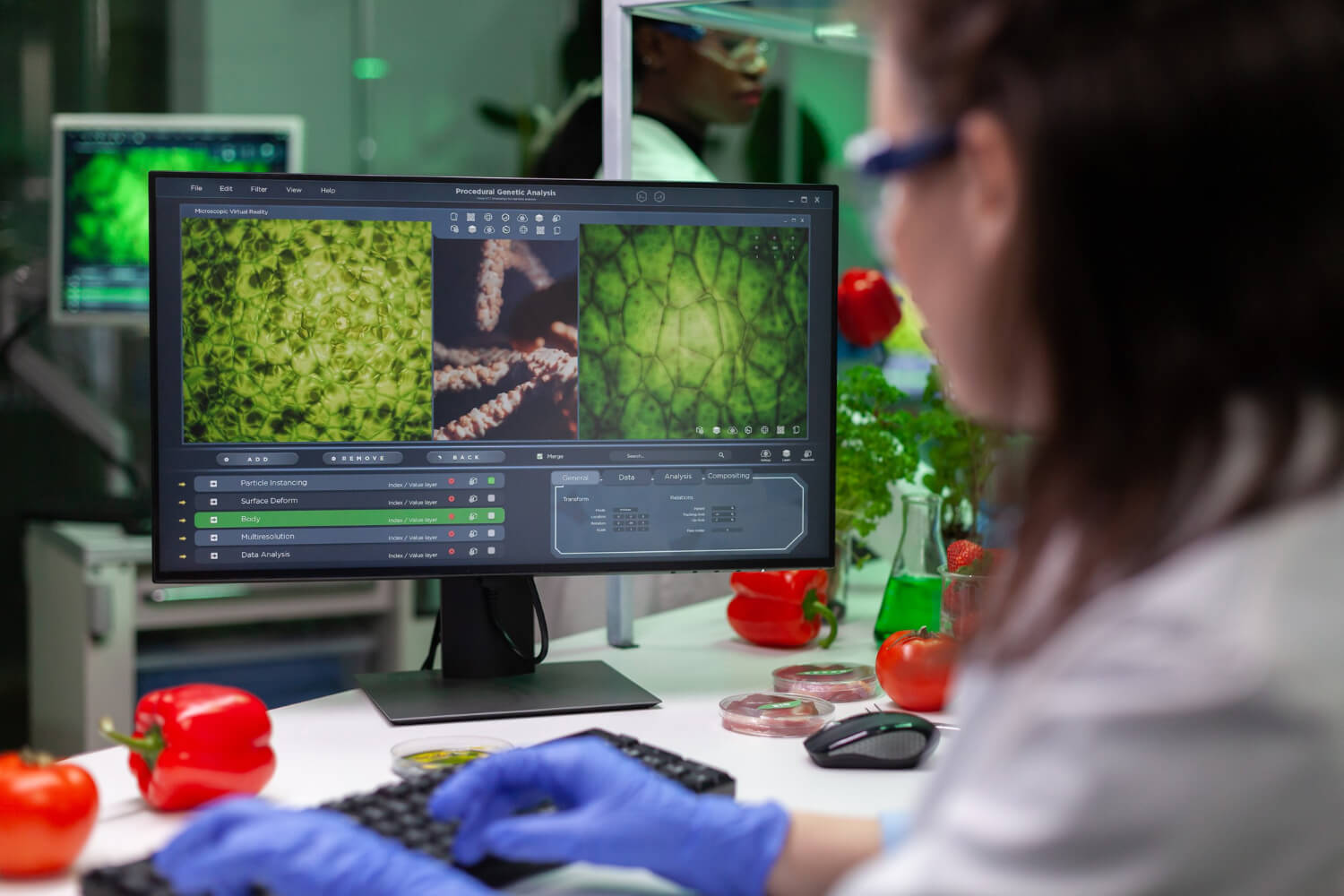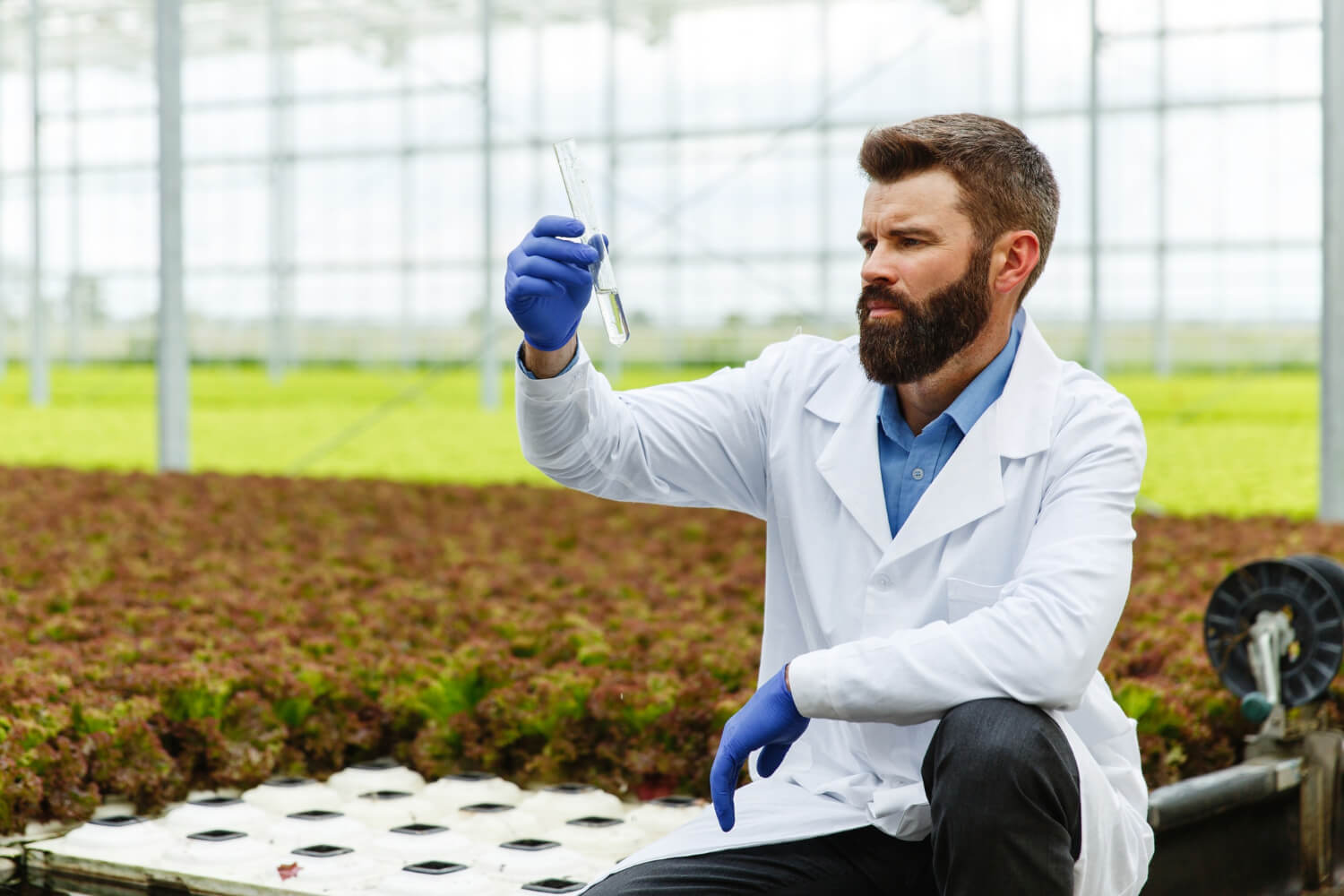In the dynamic world of controlled-environment agriculture, ensuring consistency in production is paramount. Advances in technology and data analysis are revolutionising the way we cultivate crops, making it possible to achieve unparalleled levels of precision and efficiency. From the meticulous control of environmental variables to the integration of cutting-edge robotics, the agricultural sector is witnessing a seismic shift towards more reliable and sustainable practices.
This article delves into seven key strategies that are setting new standards for consistency in agricultural production. By leveraging IoT-enabled sensors, automated systems, AI-driven solutions and robust research methodologies, we can not only enhance crop yield and health but also forge a path towards a more food-secure future. Join us as we explore how these innovations are transforming the landscape of agriculture, ensuring every seed planted yields its maximum potential.

Optimising Growing Environments with IoT Monitoring
The cornerstone of achieving consistency in controlled-environment agriculture lies in the extensive monitoring of environmental variables. IoT-enabled sensors represent a breakthrough in how we understand and interact with the microclimates within agricultural settings. These sensors offer real-time data on a range of critical factors, including temperature, humidity, CO2 levels and light intensity, providing a detailed snapshot of the growing environment.
This continuous stream of data allows for the micro-adjustment of conditions to match the precise requirements of different crops. By identifying subtle changes in the environment, farmers can preemptively address potential issues before they escalate, ensuring that crops remain healthy and productive. Furthermore, the aggregation of this data over time contributes to a deep repository of knowledge, facilitating analysis that can uncover trends, predict outcomes and guide future cultivation strategies.
Moreover, the integration of IoT sensors into agricultural systems ushers in an era of connected farms. This connectivity not only streamlines the monitoring process but also enhances the scalability of operations. As sensors become more affordable and widespread, their role in driving the consistency and sustainability of food production is set to increase, marking a new chapter in precision agriculture.
Precision Agriculture Through Automated Control
The revolution in controlled-environment agriculture is significantly driven by the automated control of precision systems. These systems, integral for delivering water and nutrients and managing environmental variables, represent a leap towards efficiency and sustainability in agricultural practices. By automating the delivery mechanisms, farms can ensure that crops receive exactly what they need, exactly when they need it, minimising waste and optimising resource use.
Automation extends beyond irrigation and nutrient delivery to encompass the entire environmental control system within a growing operation. Temperature, humidity, and CO2 levels can be meticulously managed through automated systems that adjust conditions in real time, based on data received from IoT-enabled sensors. This precise control creates the ideal growing conditions for various crops, leading to improved health and increased yields. The benefits of such systems are twofold: they not only enhance the quality and quantity of produce but also significantly reduce the environmental footprint of agricultural activities.
Furthermore, the adoption of automated control systems facilitates scalability in agricultural operations. As demand grows, these systems can be expanded and replicated, ensuring consistency across larger areas of production without a proportional increase in labour or resources. This scalability is crucial for meeting the global food demand, making automated control systems an indispensable tool in the future of agriculture. By embracing automation, farmers and agribusinesses are poised to lead the charge in sustainable, efficient, and productive farming practices.

Revolutionising Pest Management with AI
The integration of AI-driven pest management solutions in controlled-environment agriculture offers a forward-thinking approach to maintaining crop health. Utilising machine learning algorithms and image recognition, these innovative systems provide continuous surveillance of crops, detecting early signs of pest infestation that might escape human observation. This capability for early detection is transformative, allowing for swift actions to mitigate pests before they can inflict widespread damage.
AI technology not only identifies pests but also predicts their behaviour and potential growth, enabling targeted and timely interventions. This leads to a more precise application of control measures, such as the localised use of biopesticides or introduction of natural predators, minimising the environmental impact associated with traditional broad-spectrum pesticides. Such targeted approaches not only curtail pest populations effectively but also preserve beneficial organisms and the surrounding ecosystem.
Adopting AI-driven solutions for pest management transforms the battle against pests from reactive to proactive, ensuring crops are protected efficiently and sustainably. This advancement represents a leap towards smarter farming practices, marrying technological innovation with environmental stewardship. For farmers and agribusinesses aiming to improve production consistency and sustainability, AI offers a compelling solution.
Consistently Maximising Crop Potential with Machine Learning
Machine learning (ML) algorithms have become pivotal in revolutionising crop management within controlled environments, offering profound insights into crop health and potential yields. By processing extensive data from IoT sensors, these algorithms unearth patterns that guide preemptive actions, thereby enhancing crop vitality and yield forecasts. This capability is crucial for early disease detection and deficiency identification, allowing for preventative care that minimises chemical use and paves the way for profitable and sustainable farming practices.
Predictive analytics powered by ML not only aids in anticipating diseases but also in estimating yields with remarkable precision. Such foresight enables efficient resource planning, ensuring optimal production levels are achieved consistently. As these algorithms learn and adapt over time, they continuously refine their predictions, leading to perpetual improvements in agricultural methodologies and outcomes.
The integration of ML into agricultural operations marks a significant step towards smarter, more efficient farming. By harnessing the predictive power of machine learning, the agricultural sector can look forward to not only meeting but surpassing the challenges of modern-day food production, embodying a commitment to sustainability and innovation. For agribusinesses aiming to stay ahead in a competitive market, adopting ML analytics is not just an option but a necessity.

Robotics: Transforming Precision Agriculture
The advent of robotic systems in controlled-environment agriculture is setting new standards for precision and consistency in farming operations. These sophisticated machines bring unparalleled accuracy to the tasks of planting, harvesting and pruning, tasks that are critical to the health and yield of crops. By automating these processes, robotic systems not only enhance efficiency but also reduce the likelihood of human error, ensuring that each plant receives exactly the care it needs to thrive.
Robotic technology in agriculture goes beyond simple automation; it integrates advanced vision systems and artificial intelligence to adapt to the varying needs of different crops. This means robots can identify the optimal planting density for seeds, precisely cut or prune plants to promote growth, and carefully harvest produce without causing damage. Such precision is particularly beneficial in controlled environments, where every variable is carefully managed to maximise yield and quality. Moreover, the use of robots can significantly reduce the physical strain on human workers, reallocating their expertise to more complex decision-making and oversight roles.
Furthermore, the incorporation of robotics into agricultural systems allows for continuous operation, overcoming the limitations of human labour. This constant productivity is vital in meeting the growing global demand for food. As these technologies continue to evolve, their integration into farming practices promises not only to enhance operational efficiency but also to pioneer new methods of sustainable production. Embracing robotics in agriculture is not merely an advancement; it’s a requirement for future-proofing the industry against the challenges of scalability and environmental sustainability.
Achieving Consistent Results through Comprehensive Research
The practice of conducting comprehensive research and experimentation is fundamental in controlled-environment agriculture, serving as a safeguard against the limitations of decisions based on insufficient data. A thorough investigative approach enables agribusinesses to identify the most effective conditions for crop growth, evaluate pest management strategies accurately and optimise resource use. It’s essential for debunking assumptions that could otherwise lead to misleading conclusions and for uncovering hidden variables that significantly influence crop health and yield.
Incorporating a diverse array of experimental techniques, from laboratory-based research to real-world field trials, ensures that findings are robust and universally applicable. This meticulous exploration helps in recognizing and accounting for unseen factors, thereby refining predictive models and operational strategies. The integration of advanced analytics further bolsters this process, enabling the dissection of complex data sets to distil actionable insights. Such depth of analysis is critical in tailoring interventions that address the specific needs of crops, leading to enhanced productivity and reproducible results.
The commitment to extensive research underscores the move towards more informed and adaptive agricultural practices. By understanding the multifaceted nature of crop production in controlled environments, businesses can foster innovation, mitigate risks and continuously improve outcomes. This approach not only champions the precision and reliability of agricultural operations but also propels the industry towards a data-driven future marked by efficiency and resilience.
Algorithms: The Cornerstone of Consistent Quality and Quantity
The implementation of operational algorithms, referred to as standard operating procedures (SOPs) and the adoption of automated, fully integrated processes (computational algorithms) stand as pillars for enhancing production consistency and operational efficiency in controlled-environment agriculture. SOPs provide a structured framework that guides every aspect of agricultural operations, from the initial planting to the final stages of harvesting. These procedures ensure that all actions are performed uniformly, significantly reducing variability and enhancing the reproducibility of successful outcomes.
Automation plays a critical role in complementing SOPs, facilitating the seamless execution of complex tasks with minimal human intervention. By automating processes such as watering, nutrient delivery and environmental control, businesses can maintain optimal growing conditions with greater precision. The integration of automated systems across the entire business not only streamlines operations but also enables the collection and analysis of data at every production stage. This comprehensive approach to process management allows for continuous monitoring and adjustment, ensuring that each crop cycle meets established standards of quality and efficiency.
Furthermore, the full integration of processes across the business encapsulates more than just the agricultural tasks; it extends to inventory management, order processing and customer interactions, creating a cohesive ecosystem that operates with heightened efficiency. This holistic model not only maximises productivity but also fosters a culture of continuous improvement. As SOPs are refined and automation technologies advance, the entire operation evolves, setting new benchmarks for performance and sustainability in the industry. By committing to these principles, agribusinesses can achieve a level of operational excellence that meets the demands of modern agriculture and the expectations of a growing global population.
Conclusion
The journey to increasing production consistency in controlled-environment agriculture is multifaceted, blending the precision of technology with the insight of comprehensive research. By harnessing the capabilities of IoT-enabled sensors, automated systems, AI-driven solutions, machine learning algorithms and robotics, alongside robust standard operating procedures, agribusinesses can navigate the complexities of modern agriculture with confidence. These strategies not only enhance operational efficiency and crop yield but also pave the way for a more sustainable and resilient agricultural sector.
As we look towards the future of farming, the integration of these advanced technologies and methodologies underscores a pivotal shift towards data-driven, automated agriculture. For businesses ready to embrace this evolution, the opportunity to lead in efficiency, sustainability and productivity is immense. However, investing in operational enhancements can be costly and must be strategically chosen and timed to maximise benefits for your business. If you’re looking to transform your agricultural practices and scale up production with consistency, we invite you to book a discovery call with us today.


